Some interesting Sunday reading to be found in another nuanced, contrarian view of the High Line Park in New York City. I know, not another post on the High Line! I can’t help it, I’m utterly fascinated by this subject. So many twists and turns down those old railway tracks. Jeremiah Moss, who blogs at Jeremiah’s Vanishing New York, had his Op-Ed on the High Line, “Disney World on the Hudson,” published in the New York Times on August 21, 2012.
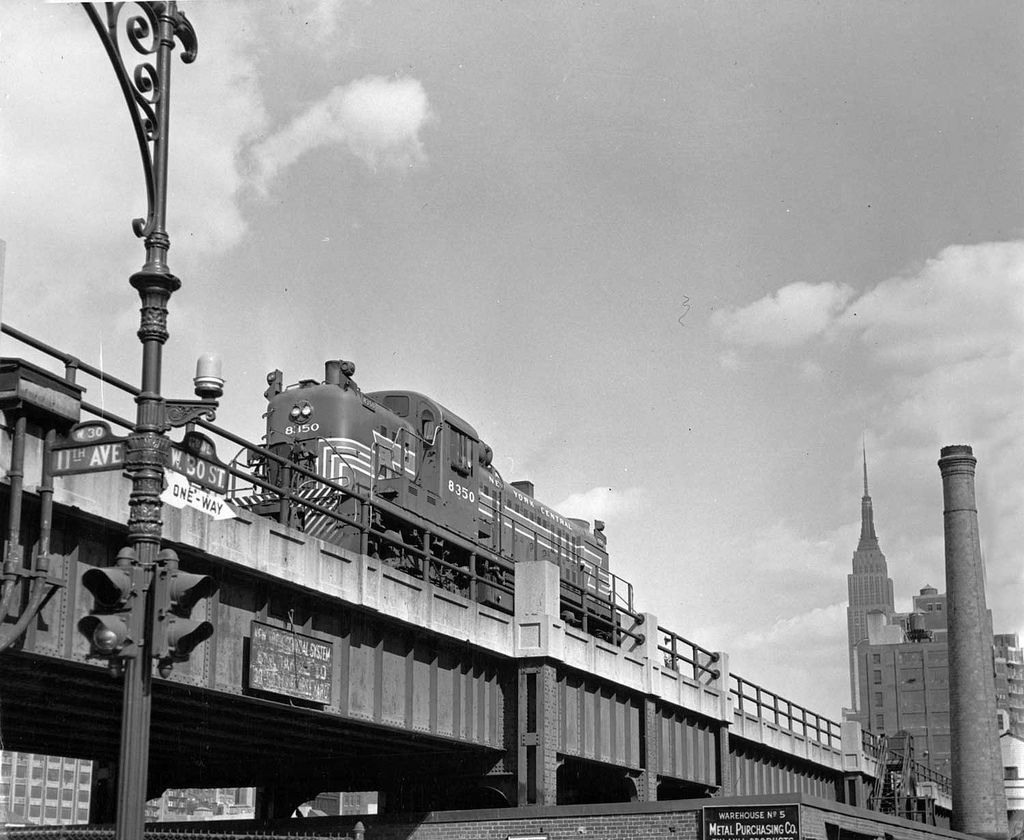
Some sample paragraphs:
“Not yet four years old, the High Line has already become another stop on the must-see list for out-of-towners, another chapter in the story of New York City’s transformation into Disney World. According to the park’s Web site, 3.7 million people visited the High Line in 2011, only half of them New Yorkers. It’s this overcrowding, not just of the High Line, but of the streets around it, that’s beginning to turn the tide of sentiment.”
“Originally meant for running freight trains, the High Line now runs people, except where those people jam together like spawning salmon crammed in a bottleneck. The park is narrow, and there are few escape routes. I’ve gotten close to a panic attack, stuck in a pool of stagnant tourists at the park’s most congested points.”
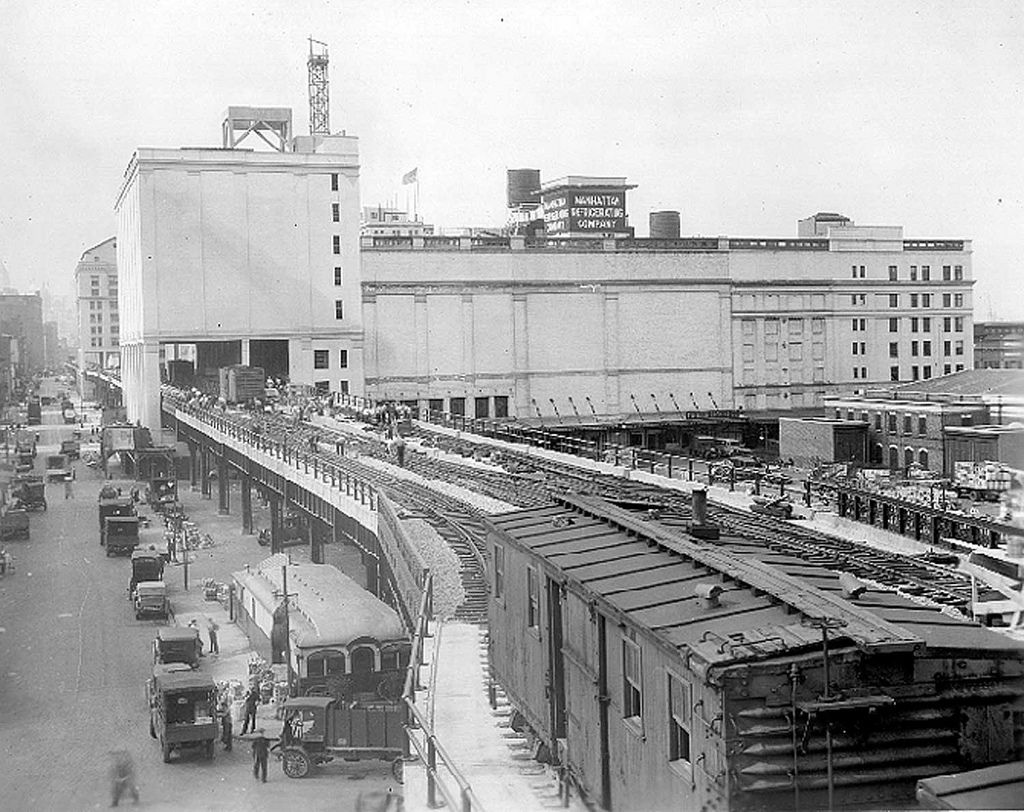
The High Line was certainly on this out-of-towner’s must-see list when visiting New York. In fact, it was the prospect of walking the High Line Park that finally induced me to stay a few days in this astonishing city and have my first look around, a trip I had put off year after year. Just the first section was open when I visited in the autumn of 2010, and there were no stagnant pools of tourists to be avoided at that time. It was fairly empty. Who could have imagined that the High Line Park would be so successful that it would stir up some New York nativist blowback? Rezoning the surrounding Chelsea neighborhood to allow for an influx of expensive, fish-bowl high-rises adjacent to the High Line seems to be the cause of much of the animus. (“Close Quarters,” New York Times 8/1/12)
Gain a park, lose a neighborhood?
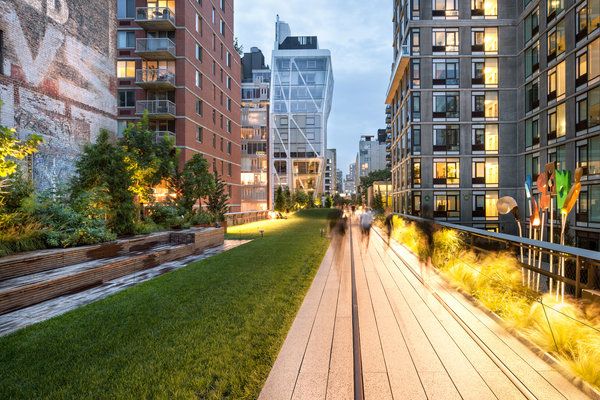
Unintended or otherwise, one of the consequences of the repurposing of the abandoned elevated railway trestle into the High Line Park has been to spur a juggernaut of gentrification, a fate the city of Los Angeles has long been praying will be visited upon its downtown. We’re finally getting a park, too, the 12-acre, much-delayed Grand Park, scaled back from pre-recession ambitions.

Los Angeles is woefully in need of public parks, found to rank 17th among major U.S. cities in public space devoted to parks. Yes, we have our public beaches, but there’s currently no Metro Rail service that runs to the beaches.
Image found here
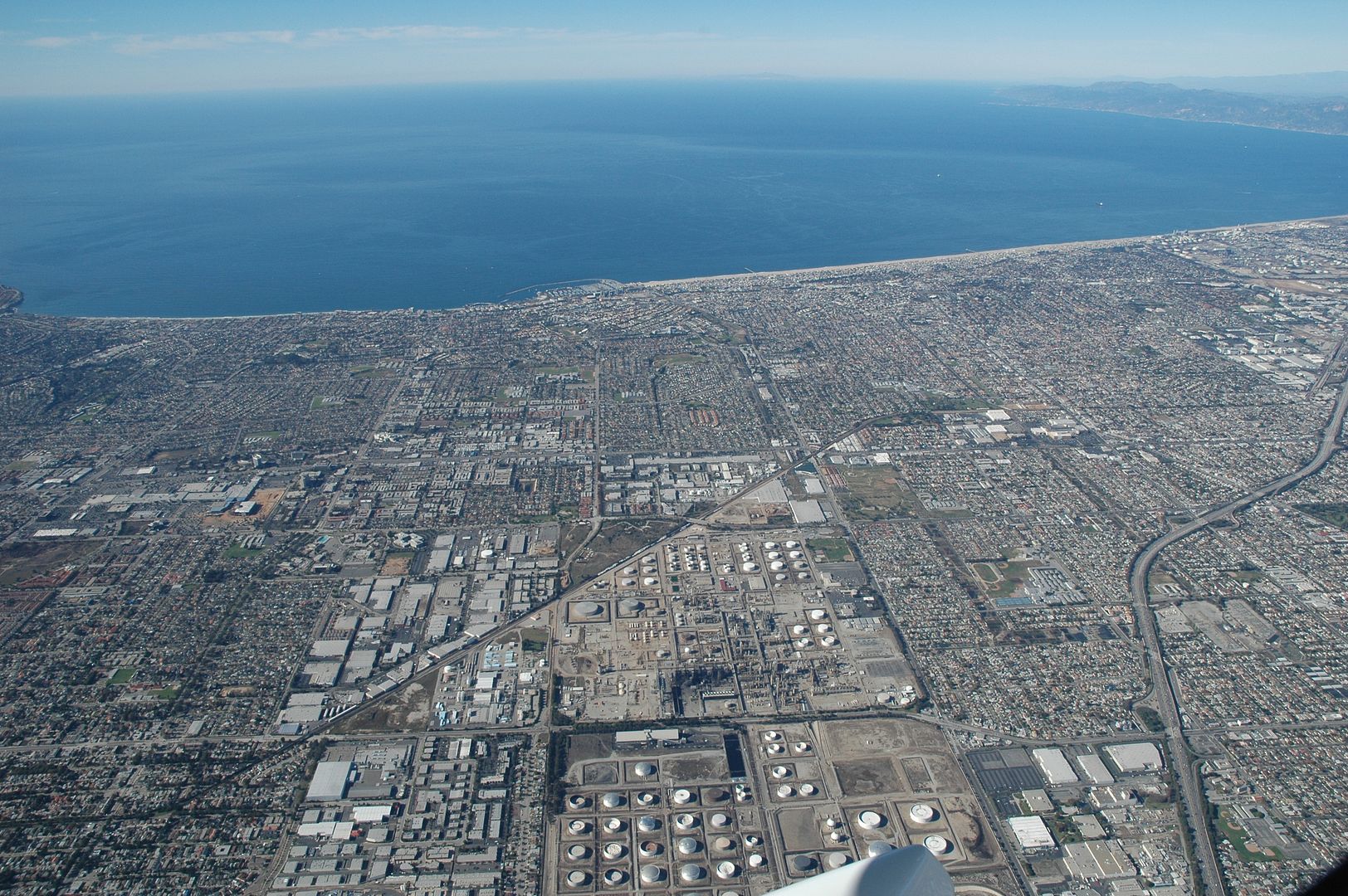
Image from LA Times
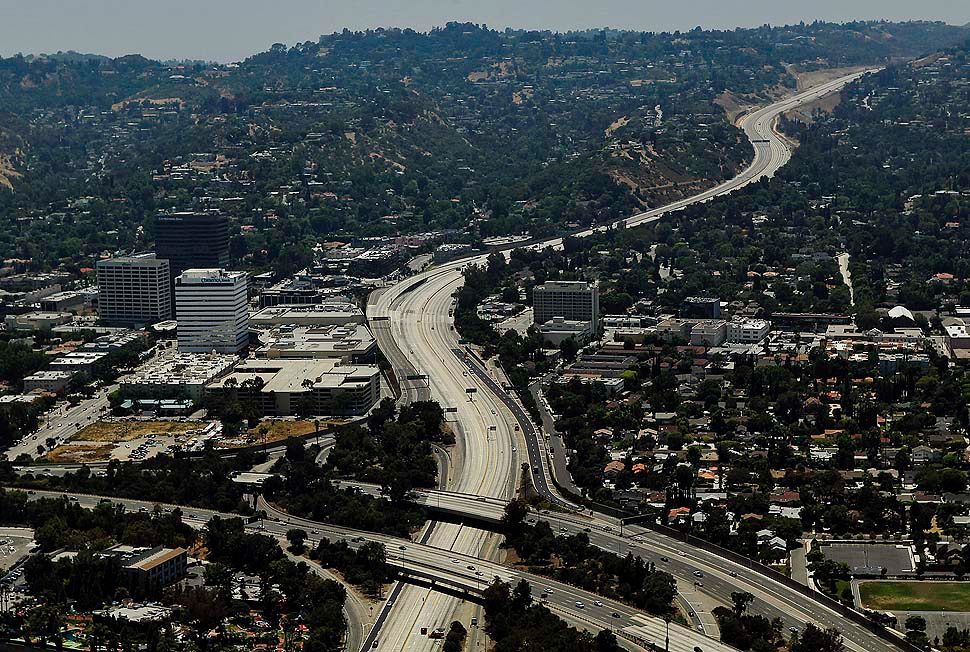
A tale of two cities, a tale of two parks: As a park, the High Line brilliantly captures the innovative optimism and skyward character of New York, taking up no new space at the ground level, whereas Grand Park is an awkward fit around parking garages, interrupted Los Angeles-style by streets breaking it into sections, just as our freeways isolate neighborhoods. But for now it’s all we’ve got. From Christopher Hawthorne’s review in the LA Times 7/24/12:
“Mostly what we’ve had is a collection of thousands upon thousands of privately owned and miniature Central Parks, one for every suburban backyard. Grand Park represents something else: an attempt, imperfect but encouraging, to chip away at the rigid infrastructure of the car-dominated city and make a private city a little more public.”
Like the newly gentrified Chelsea neighborhood surrounding the High Line, Los Angeles developers originally had big plans for the area surrounding the Grand Park:
“Under the original plan, which backers said would help create a “Champs Elysees” for Los Angeles, a dramatic Frank Gehry-designed complex of high-rise towers, shops, upscale condos and a five-star hotel should have been completed by now.”
Unlike the grass-roots efforts that got the High Line Park rolling, big-money developers have always been in charge of Grand Park, and developers will always aim for the Beverly Hills jackpot.
“During the height of the real estate boom, developers unveiled numerous luxury projects, believing the downtown revitalization was so strong that it could support Beverly Hills-level retailers and residences.”
Then there was that pesky 2008 recession. At least New York got the High Line out of their devil’s bargain. We did get some nice hot-pink chairs though.

And who knows? In the big picture, maybe we’re actually lucky that the recession knocked the glitz out of our park and left us with a modest, workday space instead of a tourist magnet like the High Line. I do have to warn Mr. Moss, though, that I plan to once again join the throngs of tourists clogging the High Line Park to see the completion of its subsequent phases. The High Line’s success is just another example of the price that great cities — London, Paris, Venice, New York — pay for their daring, walkable beauty.

I with you and will go again, throng or no throng.
I think gentrification in that area was happening before the High Line, which only accelerated the trend. I grew up in NY and moved away, so I haven’t seen the High Line. But I will say that the Disney label is a little unfair. Disney is about making things safe, predictable, and homogeneous. Simply by being original, by not being dreamed up as part of a marketing campaign, marks the High Line as a different kind of phenomenon. As for being crowded, New York is all about the crowds. If you want solitude, move out to here to the prairie.
I read the OpEd on the High Line when it appeared. Though it does make some valid points, I was amazed that Moss did not like the “hardware” design, which I think is astonishingly good, and apparently has no appreciation for the “software” (the plantings). This guy’s too busy riding his own private hobby horse to smell the roses. I suppose there is value in having contrarian views expressed, but did you see all the comments on the online version of this piece? Everyone in New York has an opinion on the matter. They’re endless. At the time I found this rather depressing. In retrospect, I think it’s what makes New York one of the world’s great cities.
Sure. Wealthy people are making out like bandits. That’s capitalism at work.
@Les, I’m yours in solidarity.
@Jason, that’s an excellent point about the originality of the High Line, which is anything but homogeneous.
@James, the negative comments about the physical park itself, the “hardware” and plantings, are always confounding. Makes you wonder what they are looking at when they visit the HL — or if they’ve even really seen it at all.
I loved the High Line (only 2/3 of it open when I visited in 2010) but I can see it would quickly clog if many people visited at once. I was there in late September and the grasses were at their peak, but there were no crowds. I think gentrification would be pretty hard to combat with something as compelling as this park in the neighborhood.
LA’s Grand Park is a welcome effort, but closing at dusk seems a lot less people-friendly despite the planners’ aims. The wide open sunny areas also strike me as less desirable as a destination or promenade on hot, sunny LA days. That said, green public space, even awkward and interrupted as this is, would be my invariable choice in a city. I look forward to experiencing it!
It’s not the High Line. It’s Wall Street where all the money is collecting, being sucked out of the rest of the country. Gentrification along the High Line is merely a side effect of that. And if Moss hasn’t noticed, the middle class is endangered in the rest of the country, too. How dare he blame some innocent Rudbeckias! 😉
Great post Denise, I’m hoping to visit the High Line next summer….
I’ll be interested to hear what you think of Grand Park. I just visited it for the first time on Sunday with a friend who worked on it. My old office also did the signage for it so I’m not very objective.
That being said, there was a lot that I liked about it, especially its focus on plants. It has macro scaled plant tags that describe various plants.
I confess spent my lunch hour today reading all the comments on Mr Moss’s blog post. It was thought provoking and I recognized the same tourism/gentrification vs affordability controversy that swirls right here in the wine country. These sentiments are universal and not confined to New York,(as much as New Yorkers might want to think so)it is the classic clash between the ‘summer people’ and the locals in resort cities, and the rise of service industries that don’t pay enough for the workers to live in towns where they work. But what really struck me was the fact that the term ‘garden’ was never ever used in a single post that I could see–because to me, ultimately this is a garden, and great gardens are enriching to everyone, if they stop to look. And incidentally, I avoid popular gardens in mid afternoon when the crowds are apt to be thickest. Not to mention the crappy photo conditions.
@Jane, very diplomatic remarks concerning our Grand Park! I welcome the open space too — just wish it was sexier!
@Way to go, Hoov!
@Deanne, that trip will be such a treat. Wave Hill too and the Brooklyn BG would make it idyll-worthy.
@Chris, so good to hear a positive comment on Grand Park — I’m eager to like it. We’ve waited sooo long.
@Kathy, I read lots of those comments too. Your point about the failure to perceive the HL as a garden really nails it.